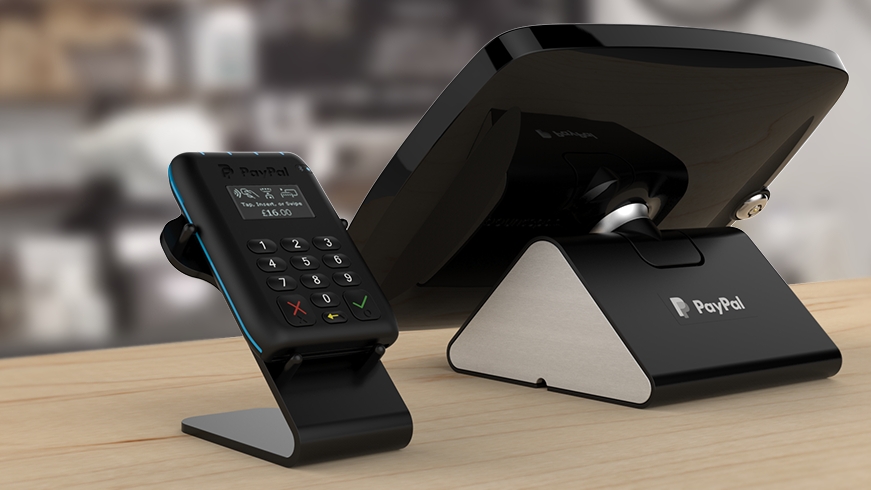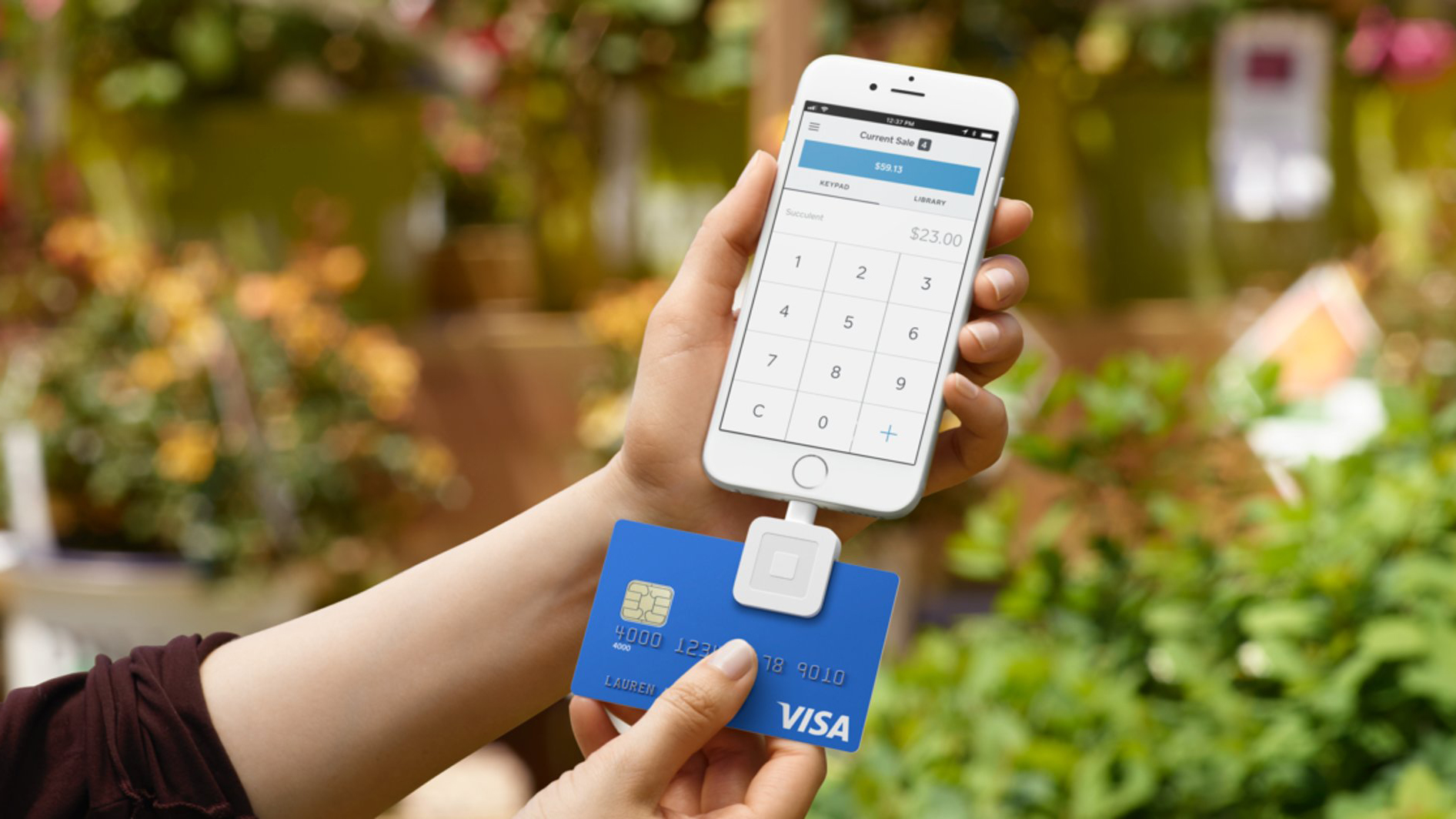
Running an e-commerce business is the way forward if you’re looking for a way to supplement an existing venture that has traditionally relied on face-to-face contact with clients and customers. Equally, you might simply have had to move to an e-commerce model for your business due to the fallout from the coronavirus pandemic.
Either way, and whether it’s happened by intention or by accident, there’s plenty of tech out there that can help you boost your e-commerce business venture. Going online means one of the main considerations is how you’re going to process payments in order to boost turnover and hopefully profits. The good news is that there are plenty of options on that front.
- We've put together a list of the best accounting software
- Get your finances in order with the best personal finance software
- Also check out the best bookkeeping software on the market
Tech options
Aside from putting together an e-commerce website, which can be done in a wide variety of ways including making use of dedicated platforms such as Shopify, Magento, BigCommerce and WooCommerce. You can also build an e-commerce business without using an off-the-shelf solution, but these are often the easier routes to getting up and running.
Being able to accept payments by card, including debit and credit variants will be the next job on the list. This will firstly require you to have a means of processing the transactions and that involves getting yourself set up with a merchant account, as well as creating a payment gateway.
The merchant account is effectively an online bank account that is used to hold the customer’s money until it is approved by their bank. You’ll find that there are numerous variations on the merchant account, which are generally available from the major banks. However, it’s possible to get a merchant account through an independent source, known as an Independent Service Organization.
Having the convenience of processing payments in this way does of course cost money, with transaction fees, monthly minimum charges and authorization costs all being items of outlay for your business.
Payment gateway
With the merchant account piece of the jigsaw in place you’ll next want to think about a payment gateway. This is the bit of the puzzle that allows your website to get transactions over the line by connecting to a payment processing network. If you’re a small business owner then the additional good news on this front is that you can combine a merchant account with a payment gateway.
Are you a pro? Subscribe to our newsletter
Sign up to the TechRadar Pro newsletter to get all the top news, opinion, features and guidance your business needs to succeed!
This is all down to the growing tide of payment gateway providers that include the likes of Adyen, Stripe, Braintree, Worldpay, PayPal, Amazon Pay, Sage Pay, Klarna and Authorize.net. Shop around and you’ll be able to find a variety of different payment gateway options, invariably being offered by merchant account providers.
In fact, this is often one of the easiest ways to go for making your e-commerce business able to process a variety of payments. You’ll often get additional tools as part of the package, such as a virtual terminal that facilitates phone-based payments.

Competitive pricing
Again, when it comes to costs then you’ll need to spend some time doing a little bit of comparison work, as different payment gateways can charge varying fees. Generally speaking you’ll find that there’s a monthly fee along with a transaction fee. That’s often a percentage of the price you’ve sold something for.
Providers will offer different packages to suit businesses of different sizes, so it’s a good idea to figure out how many transactions you think you might be doing per month. However, most providers also offer the flexibility of being able to scale things up if your e-commerce business ends up exceeding your expectations.
- Check out the best mobile credit card processors

Another option
There is another angle you can consider too, especially if you’re a small business that wants to have plenty of flexibility in these uncertain times. The payment facilitator route is one that means you can roll merchant services and payment processing into one bundle. This so-called aggregated merchant account is often much more cost-effective for smaller companies as it’s a streamlined system.
There are other benefits too as you basically buy into the bundle and get a ready-to-go payment processing solution that meets Payment Card Industry (PCO) standards. This is an important consideration as it ensures that you business is in line with current legislation. Ultimately, it’ll mean that everything is legal and above board.
- We've highlighted the best credit card processing services

Equipment list
In order to carry out the transactions when customers present their cards, by their debt or credit, there are a number of options to consider. If you’re a retailer and want to sell products online then it might be an idea to consider an e-commerce store that comes complete with the payments system as an integrated feature. Square and Shopify are two perfect examples worth having a look at.
Meanwhile, many businesses need the flexibility of being able to process mobile or one-click payments, using the likes of Apple Pay, PayPal or Venmo. In fact, with the growth in popularity of digital wallets, including Alipay, Amex Express Checkout, Apple Pay, Microsoft Pay, Visa Checkout and WeChat it’s a good idea to know that you’ll be able to accept these forms of payment.
Stripe, as a prime example of a service offering the ultimate in convenience, is a payment gateway provider that’ll tick a lot of boxes for small business owners. Stripe allows you to process all sorts of payments, safely and securely. Its fees are also competitive, with a flat rate fee of 2.9% plus 30 cents per transaction.
But there are others in our buyer guides that can help give you to the boost your e-commerce business needs to succeed in the future.
- Also take a look at our roundup of the best tax software for small businesses
Rob Clymo has been a tech journalist for more years than he can actually remember, having started out in the wacky world of print magazines before discovering the power of the internet. Since he's been all-digital he has run the Innovation channel during a few years at Microsoft as well as turning out regular news, reviews, features and other content for the likes of TechRadar, TechRadar Pro, Tom's Guide, Fit&Well, Gizmodo, Shortlist, Automotive Interiors World, Automotive Testing Technology International, Future of Transportation and Electric & Hybrid Vehicle Technology International. In the rare moments he's not working he's usually out and about on one of numerous e-bikes in his collection.
